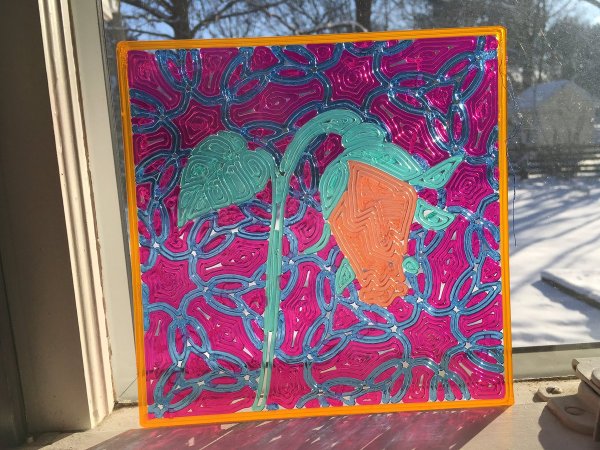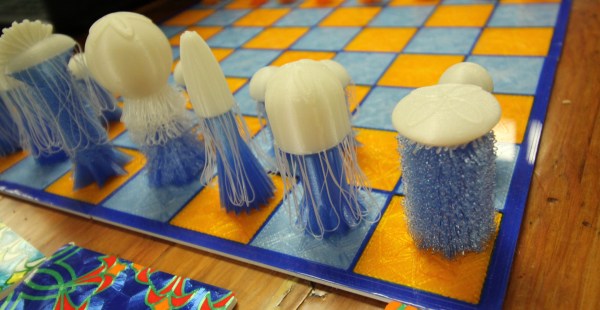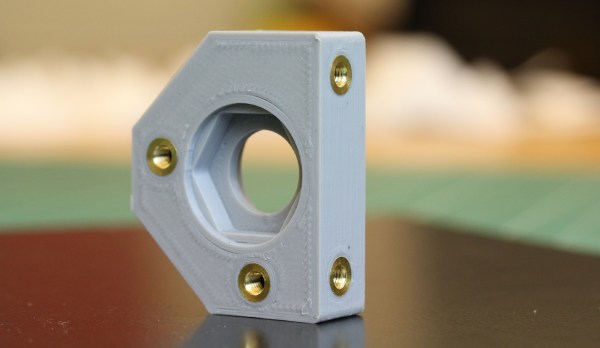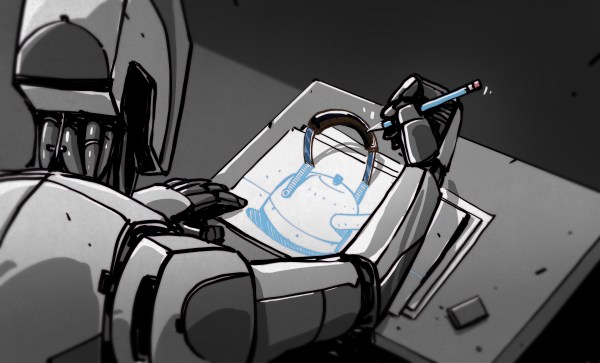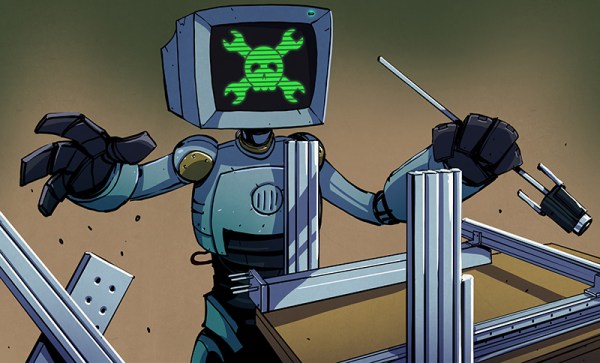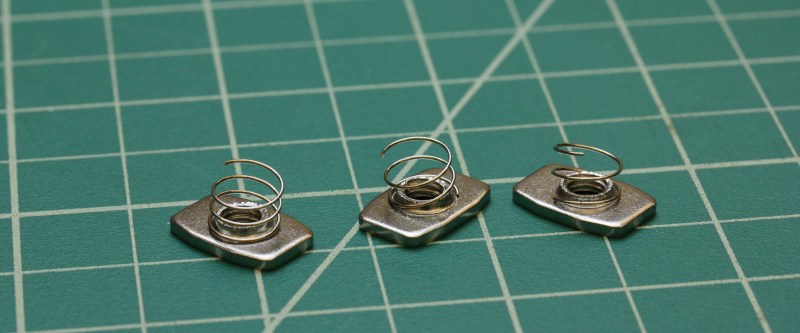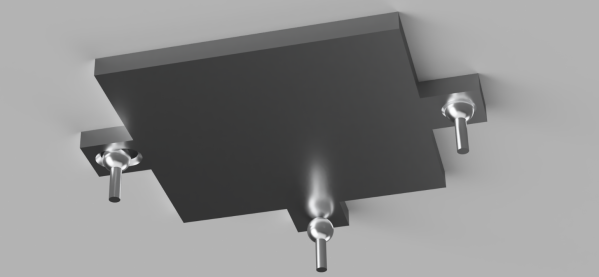In the 3D-printing community, [Mark Peeters] may be known-and-loved for his drooloop printing, but that’s not enough to stop him from pushing the spectrum of printing tricks even further. Dubbed Toolpath Painting, [Mark] is taking that glorious sheen from the bottom layer of a 3D print and putting it to work to make eye-catching deliberate visual displays.
[Mark’s] work comes in two flavors. The first capitalizes on a fairly wide 2mm nozzle and translucent filaments to create vibrant sun catchers. The second relies on the reflective patterns of an opaque filament where the angle of the extrusion lines determine the type of sheen. [Mark’s] progress is beautifully captured on his twitter feed where he rolls out variations of this style.
Photographs simply don’t do justice to this technique, but you need not be left unsatisfied. Mark has left us with a thorough introduction to creating these patterns on your own printer in the video after the break.
Eager to put that printer to work on other avant-garde styles? Have a look at some other inspirational techniques from a prior MRRF, or have a go at texturing your prints with some velocity painting.
Continue reading “Toolpath Painting Brings Out That First Layer Sparkle”

